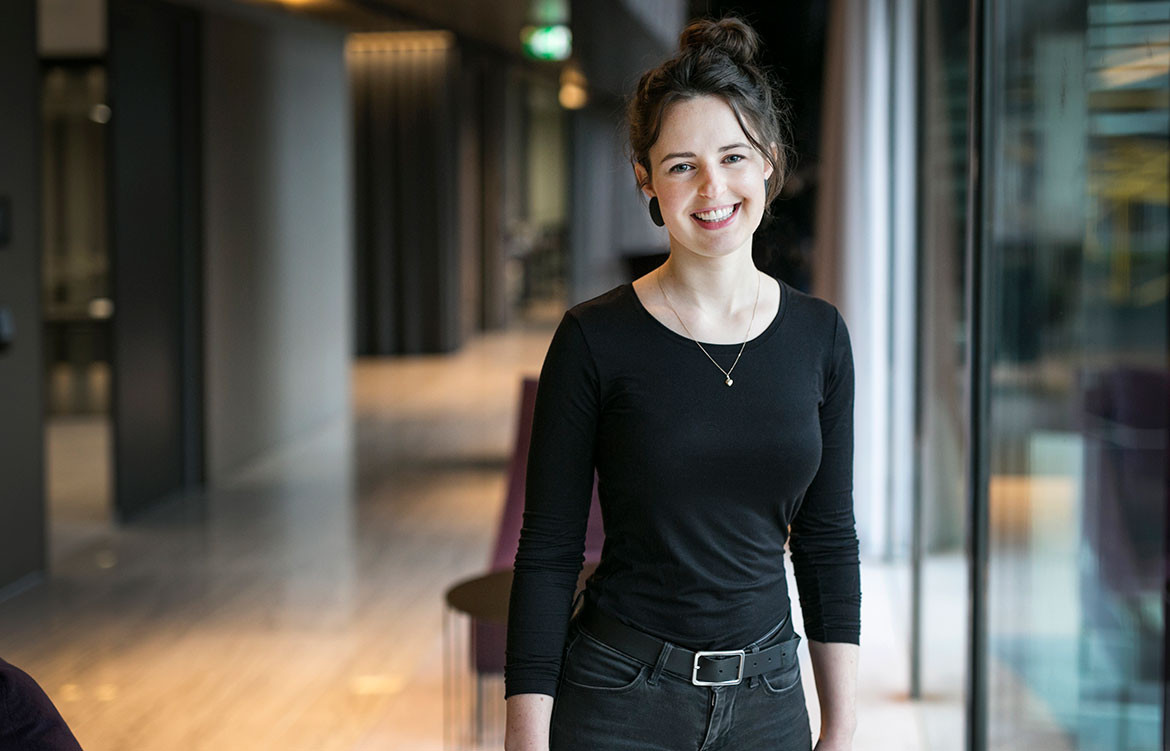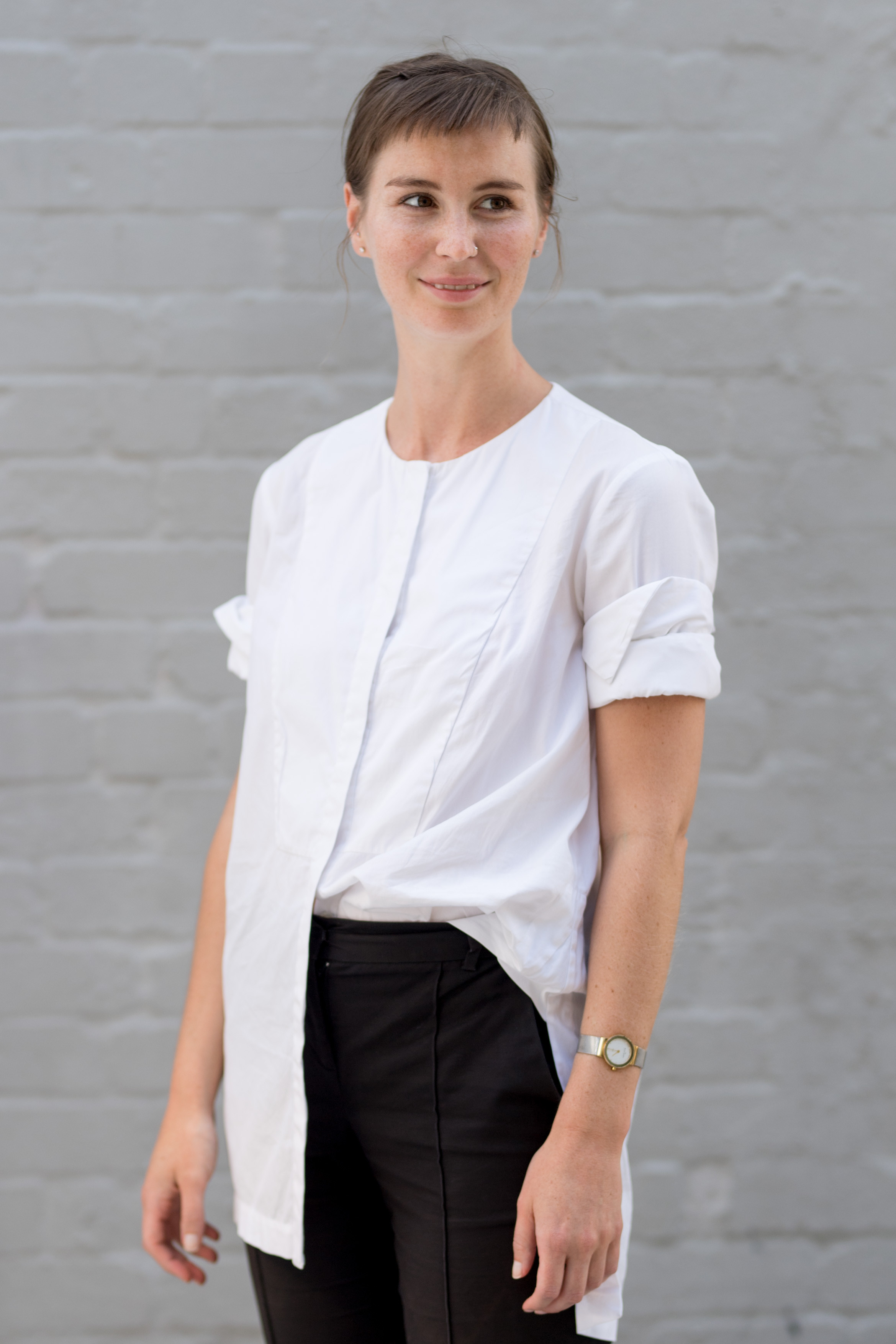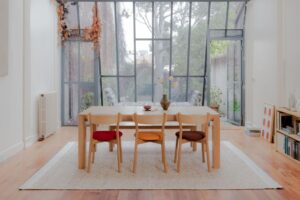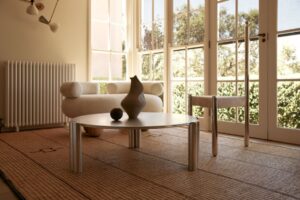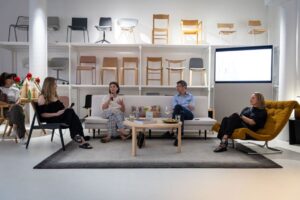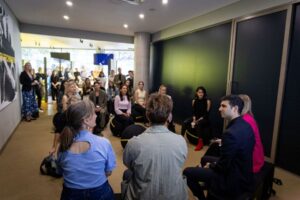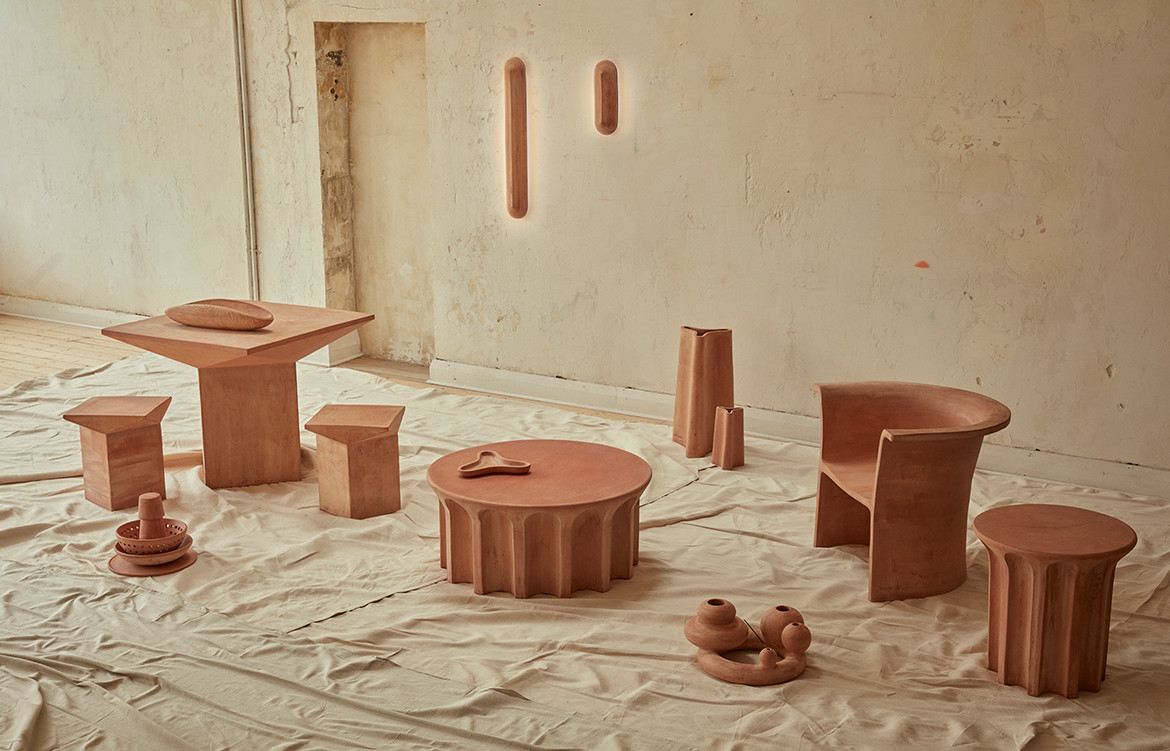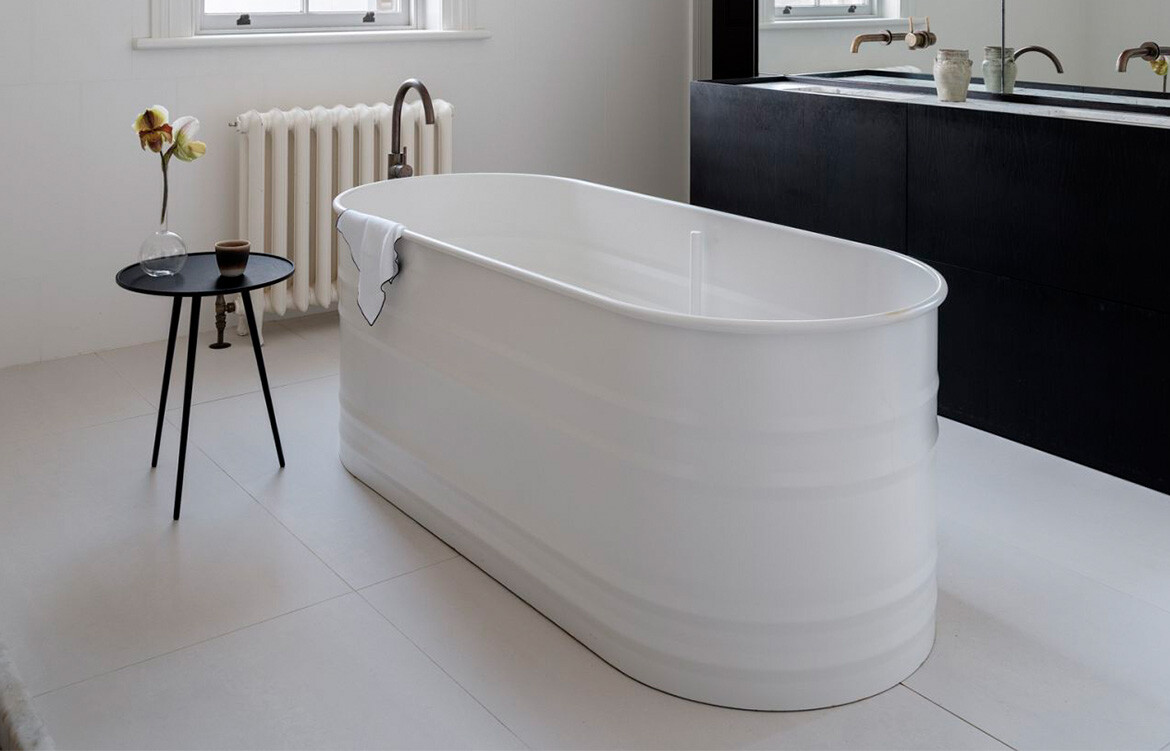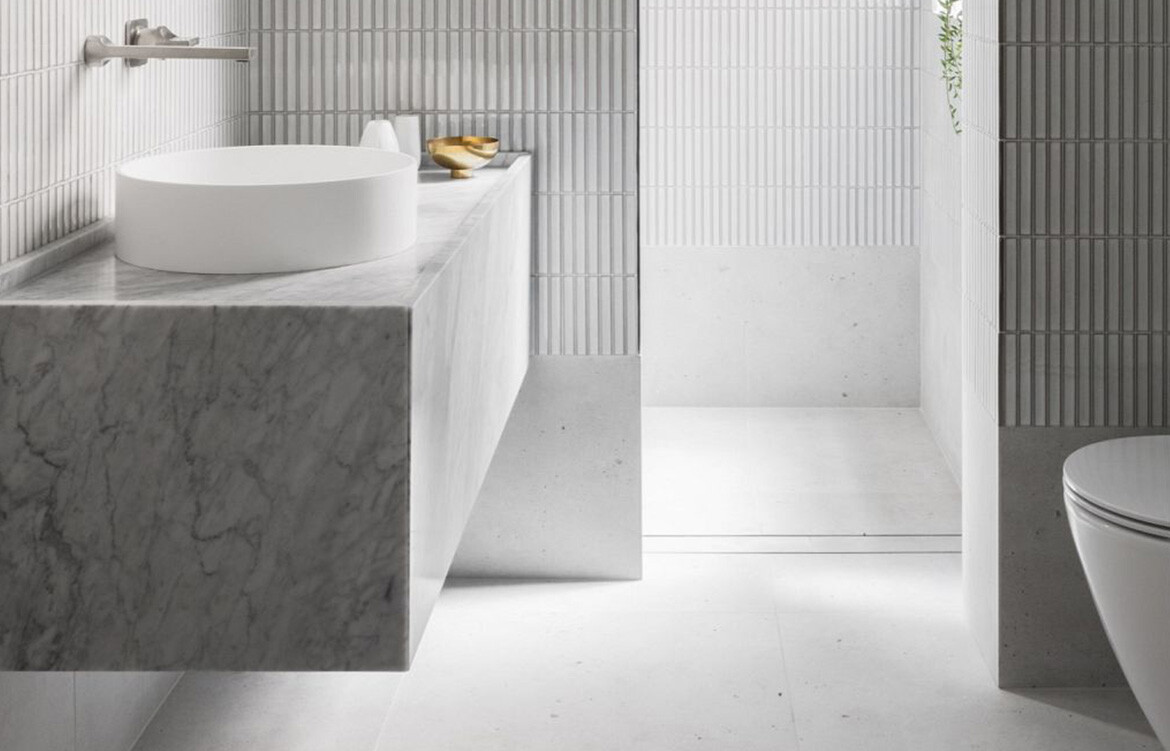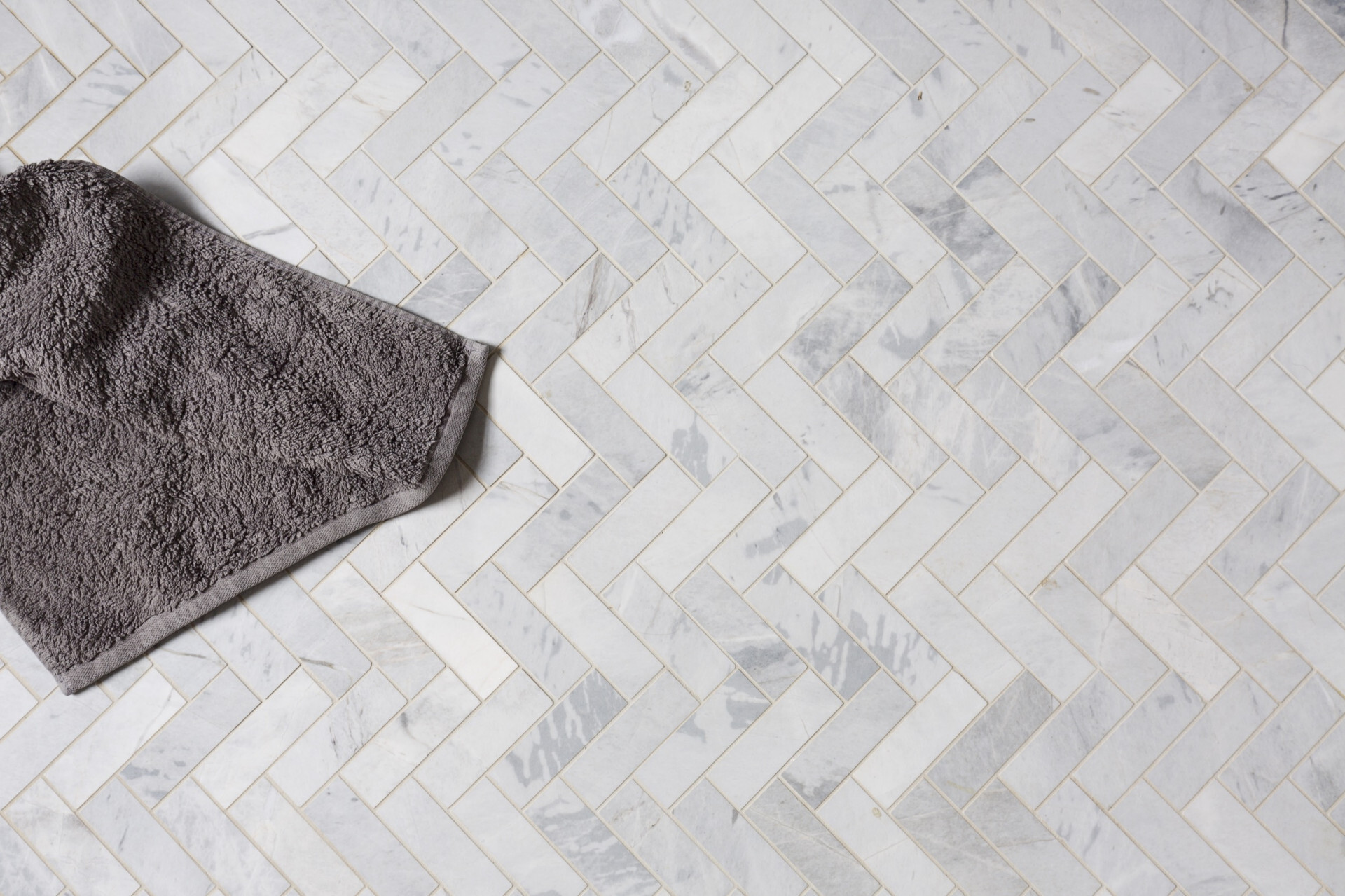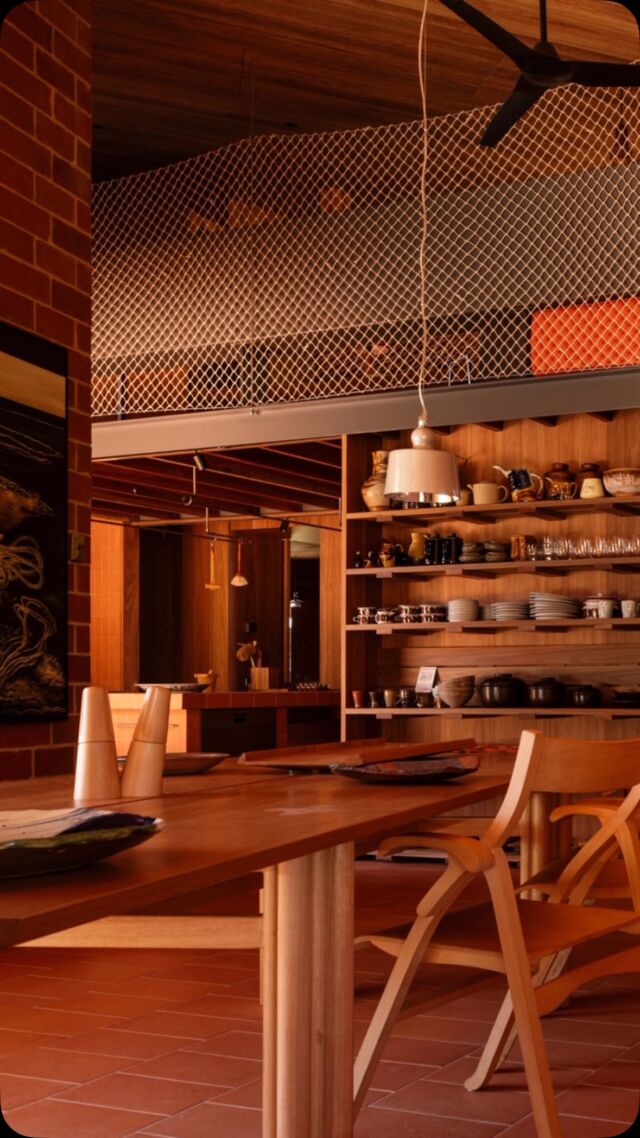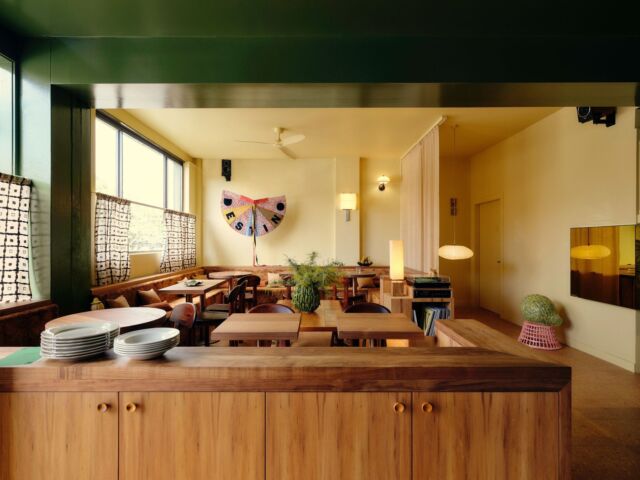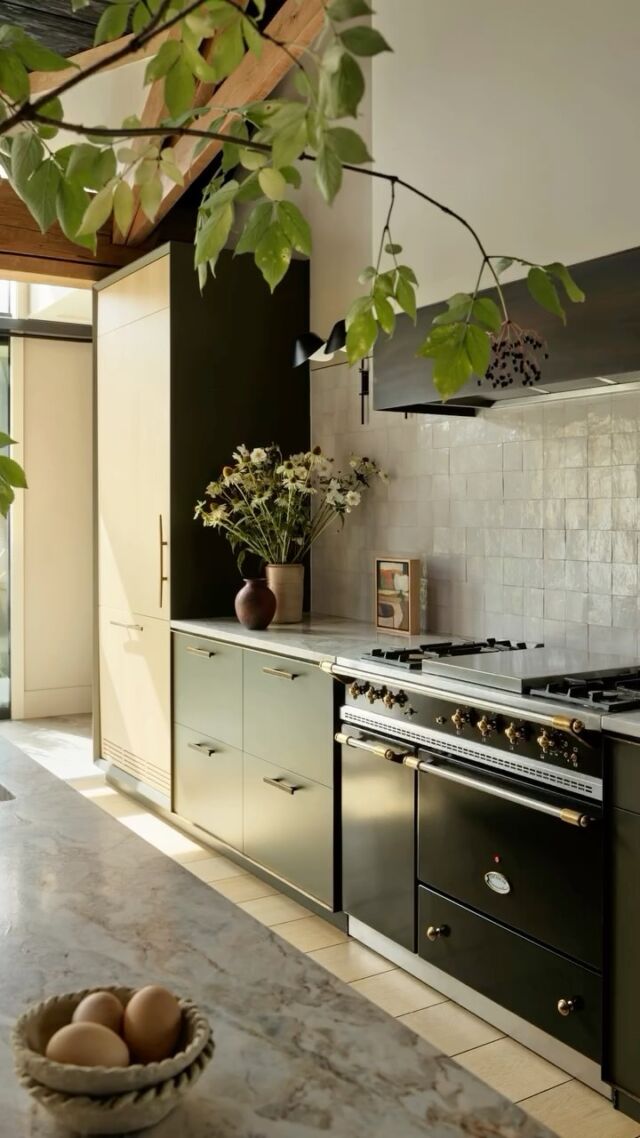In the words of the editor, tell us a little about The Local Project: its history, its purpose and its future?
The Local Project was founded by Aidan Anderson from an idea born in a dusty industrial warehouse where he was running a furniture making business. Recognising the incredible talent of the local makers, architects and designers, he experienced first hand the challenges faced in connecting these creatives with the wider community and finding a market for their work.
Today, we are driven by delving into the human stories behind the projects. Telling these stories to our audience, our goal is to play a part in emphasising the importance of local design and sustainability, especially in the face of a growing trend toward disposable consumer culture. We believe that designs and products that are tangibly connected to their community and environment have a unique quality that is irreplaceable, and above all, we believe in supporting the people who make it their life’s work.
This extends into our foreseeable future – we’re incredibly excited and humbled that we are in a position to showcase and champion local Australian design and the talented firms, studios and individuals.
What is it about Habitus House of the Year that stands out to The Local Project?
We are blown away by the calibre of the nominees, and the work that goes into curating and organising the award. Habitus House of the Year brings together the best of the best, and in doing so highlights the evolution, growth and creativity of the designers in this region.
What are the shared attributes of the Australian projects that have captured your imagination? And what do you think they say about Australian architecture and the way Australians live through design?
As much as it sounds contradictory, I see these projects as united by their diversity – it is fantastic to see Australian design responding so acutely to the individual context, rather than following trends.
That being said, I notice there is a real focus on materials and textures, and on creating homes that are a sanctuary or refuge from the outside world. As life only gets busier and technology takes on a bigger role in our lives, the focus on natural materials and peaceful spaces seems to be perhaps a subtle reaction to this and recognition of the importance of simplicity, tactility and restraint.
I think it shows maturity in Australia around design, and that we place an importance on it to shape our lives beyond simply providing something aesthetically pleasing. Each project in some way is focused on the experience of its inhabitants and on its environmental, social and/or historical context. It’s exciting to see how these foundational factors are being interpreted so differently, and how design can mediate all these elements and bring them into our lives.
Speaking for The Local Project, what do you feel Habitus House of the Year adds to the local design calendar?
It’s an exciting opportunity for the broader design community to get involved and have their say by voting in the People’s Choice Award. We have such a wonderful engaged, interested public who love design, it is great to see that they will take the time to vote, and it is fantastic that Habitus give them the chance to do so.
Overall, Habitus House of the Year is an important chance to recognise the incredible work that our local architects and designers are doing, simply being nominated is a big honour and plays a role in getting these amazing projects out there.
Why was it important that Habitus and The Local Project unite?
The Local Project and Habitus both put showcasing great design for an inspired audience first, so rather than seeing ourselves as competitors, we see ourselves as united by that shared vision.
Collaboration is key in order to help support and showcase great design – what better way to do it than by showcasing Australia (and Asia Pacific’s) best architectural projects and the team behind them.
This is hopefully the first of many collaborative efforts around that goal.
You can read The Local Project’s take on Horizon House by Hill Thalis as part of the Habitus House of the Year here.


